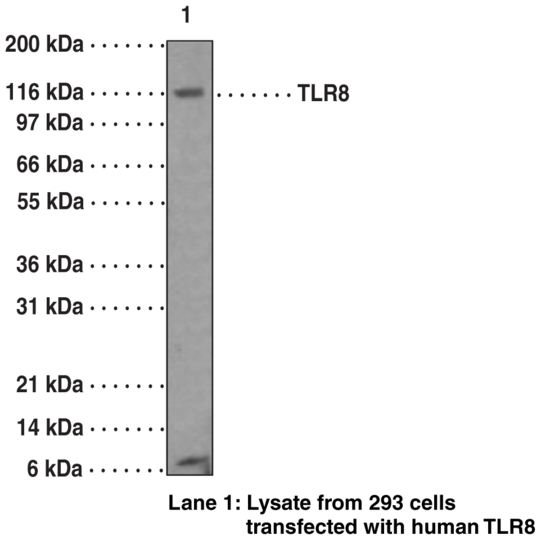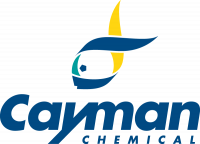Cookie preferences
This website uses cookies, which are necessary for the technical operation of the website and are always set. Other cookies, which increase the comfort when using this website, are used for direct advertising or to facilitate interaction with other websites and social networks, are only set with your consent.
Configuration
Technically required
These cookies are necessary for the basic functions of the shop.
"Allow all cookies" cookie
"Decline all cookies" cookie
CSRF token
Cookie preferences
Currency change
Customer-specific caching
FACT-Finder tracking
Individual prices
Selected shop
Session
Comfort functions
These cookies are used to make the shopping experience even more appealing, for example for the recognition of the visitor.
Note
Show the facebook fanpage in the right blod sidebar
Statistics & Tracking
Affiliate program
Conversion and usertracking via Google Tag Manager
Track device being used

| Item number | Size | Datasheet | Manual | SDS | Delivery time | Quantity | Price |
|---|---|---|---|---|---|---|---|
| Cay13592-1 | 1 each | - |
6 - 10 business days* |
432.00€
|
If you have any questions, please use our Contact Form.
You can also order by e-mail: info@biomol.com
Larger quantity required? Request bulk
You can also order by e-mail: info@biomol.com
Larger quantity required? Request bulk
The toll-like receptors (TLRs) in mammals comprise a family of transmembrane proteins... more
Product information "Anti-Toll-Like Receptor 8 (Clone 44C143)"
The toll-like receptors (TLRs) in mammals comprise a family of transmembrane proteins characterized by multiple copies of leucine rich repeats in the extracellular domain and an interleukin-1 (IL-1) receptor motif in the cytoplasmic domain. Like their counterparts in Drosophila, TLRs signal through adaptor molecules. The TLR family is a phylogenetically conserved mediator of innate immunity that is essential for microbial recognition. Most mammalian species have between ten and fifteen types of TLRs. Ten functional TLRs (TLR1-10) have been identified in human. Humans also encode a TLR11 gene but it contains several stop codons and protein is not expressed. However, mouse and rat TLR11 are functional, and it is thought that human TLR11 function was lost during evolution. Historically speaking, TLR expression has been most extensively studied in the immune system. Overall, TLRs are highly expressed in immune competent cells, including macrophages, dendritic cells, neutrophils, mucosal epithelial cells and dermal endothelial cells. However, TLRs have also been identified in many other cell types and anatomical tissue locations where they are expressed either constitutively or induced during infection. The TLR8 gene contains three exons, two of which have coding function. TLR8 cDNA codes for a protein of approximate molecular weight of 120 kDa.Synonyms: TLR8. Immunogen: synthetic peptide from human TLR8 within the region of amino acids 750-850. Formulation: (Request formulation change), 100 µg of protein G-purified IgG in 200 µg PBS containing 0.05% BSA and 0.05% sodium azide. Host: Mouse. Isotype: IgG1kappa. Applications: WB, FC (intracellular and cell surface), IHC (paraffin-embedded sections). Origin: Animal/Mouse.
| Keywords: | TLR8 |
| Supplier: | Cayman Chemical |
| Supplier-Nr: | 13592 |
Properties
| Application: | WB, FC (intracellular, Cell surface), IHC (paraffin) |
| Antibody Type: | Monoclonal |
| Clone: | 44C143 |
| Conjugate: | No |
| Host: | Mouse |
| Species reactivity: | human |
| Immunogen: | synthetic peptide from human TLR8 within the region of amino acids 750-850 |
| Format: | Purified |
Database Information
| KEGG ID : | K10170 | Matching products |
| UniProt ID : | Q9NR97 | Matching products |
Handling & Safety
| Storage: | -20°C |
| Shipping: | -20°C (International: -20°C) |
Caution
Our products are for laboratory research use only: Not for administration to humans!
Our products are for laboratory research use only: Not for administration to humans!
Information about the product reference will follow.
more
You will get a certificate here
Viewed



